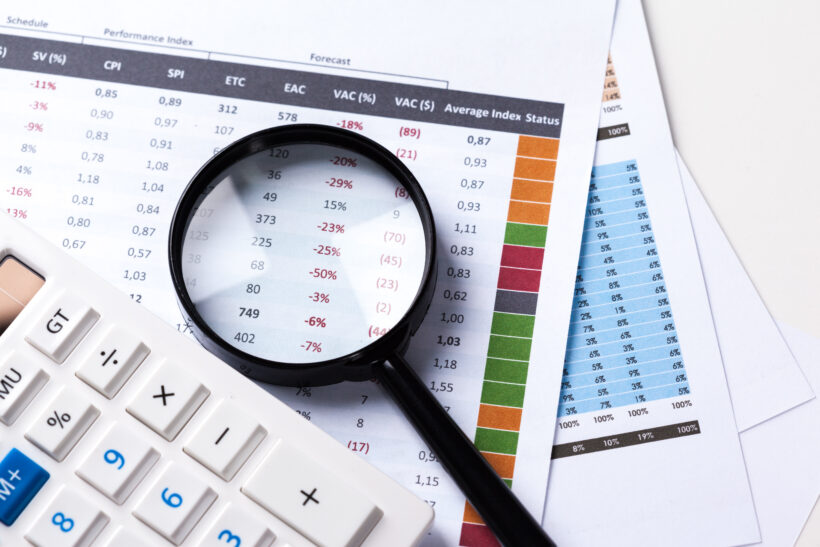Introduction:
In the intricate realm of economics and finance, one term that has gained significant attention, especially during times of economic turbulence, is “Quantitative Easing” (QE). This unconventional monetary policy tool has been employed by central banks worldwide to navigate through challenging economic conditions. In this article, we will unravel the layers of quantitative easing, explore its mechanisms, and understand its implications on the economy.
Understanding Quantitative Easing:
Quantitative easing is a monetary policy instrument used by central banks to stimulate the economy when conventional methods fall short. Unlike the more traditional tool of adjusting interest rates, QE involves the central bank purchasing financial assets, such as government bonds and securities, from the open market. The goal is to increase the money supply, lower long-term interest rates, and encourage spending and investment.
Key Components of Quantitative Easing:
- Asset Purchases: Central banks initiate QE by purchasing a predetermined amount of financial assets, typically government bonds or mortgage-backed securities, from the open market. This influx of demand for these assets leads to an increase in their prices and a subsequent decrease in their yields.
- Money Supply Expansion: Through these asset purchases, the central bank injects money into the financial system. This increased money supply is intended to boost lending and spending, fostering economic activity.
- Interest Rate Impact: By increasing demand for financial assets, QE puts downward pressure on long-term interest rates. Additionally, lower interest rates make borrowing cheaper, encouraging businesses and individuals to invest and spend.
- Inflation Targeting: Central banks often use QE as a tool to achieve their inflation targets. Moreover, by increasing the money supply and encouraging spending, central banks aim to prevent deflation and maintain a stable inflation rate.
Implications of Quantitative Easing:
- Asset Price Inflation: One of the criticisms of QE is its potential to inflate asset prices, leading to concerns about the creation of asset bubbles. Also, central banks pump money into the financial system, investors may seek higher returns in riskier assets, driving up prices.
- Income Inequality: QE’s impact on asset prices can contribute to increased income inequality. Additionally, those who own significant financial assets benefit from rising prices, while those without such assets may not experience the same wealth accumulation.
- Currency Depreciation: QE can lead to a depreciation of the domestic currency as a result of increased money supply. Also, this can make exports more competitive but may also contribute to higher import costs and inflation.
- Exit Challenges: The process of unwinding QE and normalizing monetary policy poses challenges for central banks. So, timing and execution are crucial to avoid disruptions in financial markets and the broader economy.
Conclusion:
Quantitative easing is a powerful tool that central banks employ to address economic challenges, especially in times of crisis. While it has proven effective in supporting economic recovery, its long-term implications and potential side effects warrant careful consideration. Lastly, as economies continue to evolve, the role of quantitative easing in the central bank’s toolkit will likely remain a subject of ongoing debate and scrutiny.
Disclaimer: This article is provided for informational purposes only and does not constitute financial, investment, or legal advice. The author and publisher are not responsible for any decisions on the information provided. Readers shall seek professional advice for their specific circumstances. Any reliance on the information in this article is at the reader’s own risk.
To read more, click here
Thank You For Reading, feel free to ask any questions in the comment section below.
Follow us on Social Media Platforms,
Click Here: Instagram, Facebook, YouTube, and Twitter
Stay Informed, Stay Responsible with My Finance World!










